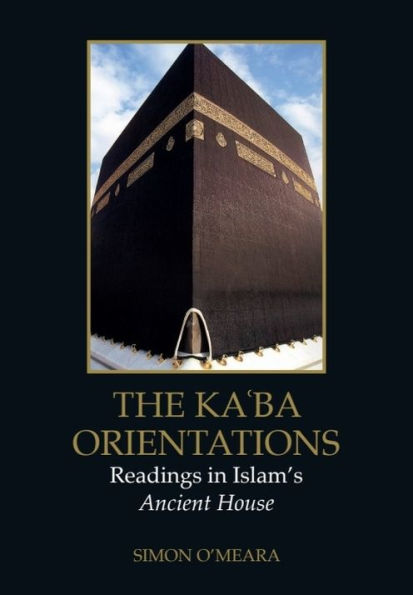The Ka?ba Orientations: Readings in Islam's Ancient House
The most sacred site of Islam, the Kaʿba (the granite cuboid structure at the centre of the Great Mosque of Mecca) is here investigated by examining six of its predominantly spatial effects: as the qibla (the direction faced in prayer); as the axis and matrix mundi of the Islamic world; as an architectural principle in the bedrock of this world; as a circumambulated goal of pilgrimage and site of spiritual union for mystics and Sufis; and as a dwelling that is imagined to shelter temporarily an animating force; but which otherwise, as a house, holds a void.
1134799961
The Ka?ba Orientations: Readings in Islam's Ancient House
The most sacred site of Islam, the Kaʿba (the granite cuboid structure at the centre of the Great Mosque of Mecca) is here investigated by examining six of its predominantly spatial effects: as the qibla (the direction faced in prayer); as the axis and matrix mundi of the Islamic world; as an architectural principle in the bedrock of this world; as a circumambulated goal of pilgrimage and site of spiritual union for mystics and Sufis; and as a dwelling that is imagined to shelter temporarily an animating force; but which otherwise, as a house, holds a void.
44.95
In Stock
5
1

The Ka?ba Orientations: Readings in Islam's Ancient House
264
The Ka?ba Orientations: Readings in Islam's Ancient House
264Paperback(New in Paperback)
$44.95
44.95
In Stock

Product Details
| ISBN-13: | 9781399548571 |
|---|---|
| Publisher: | Edinburgh University Press |
| Publication date: | 05/31/2025 |
| Edition description: | New in Paperback |
| Pages: | 264 |
| Product dimensions: | 6.69(w) x 9.61(h) x (d) |
About the Author
What People are Saying About This
From the B&N Reads Blog
